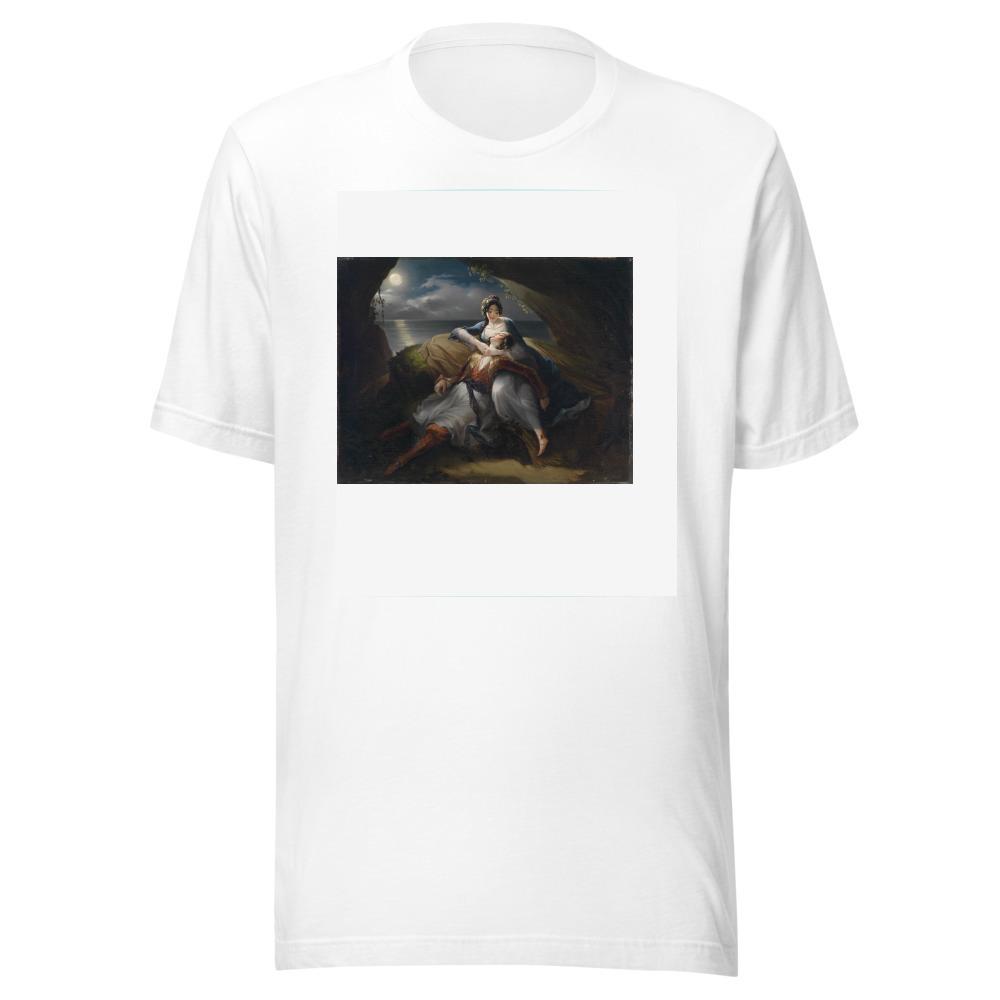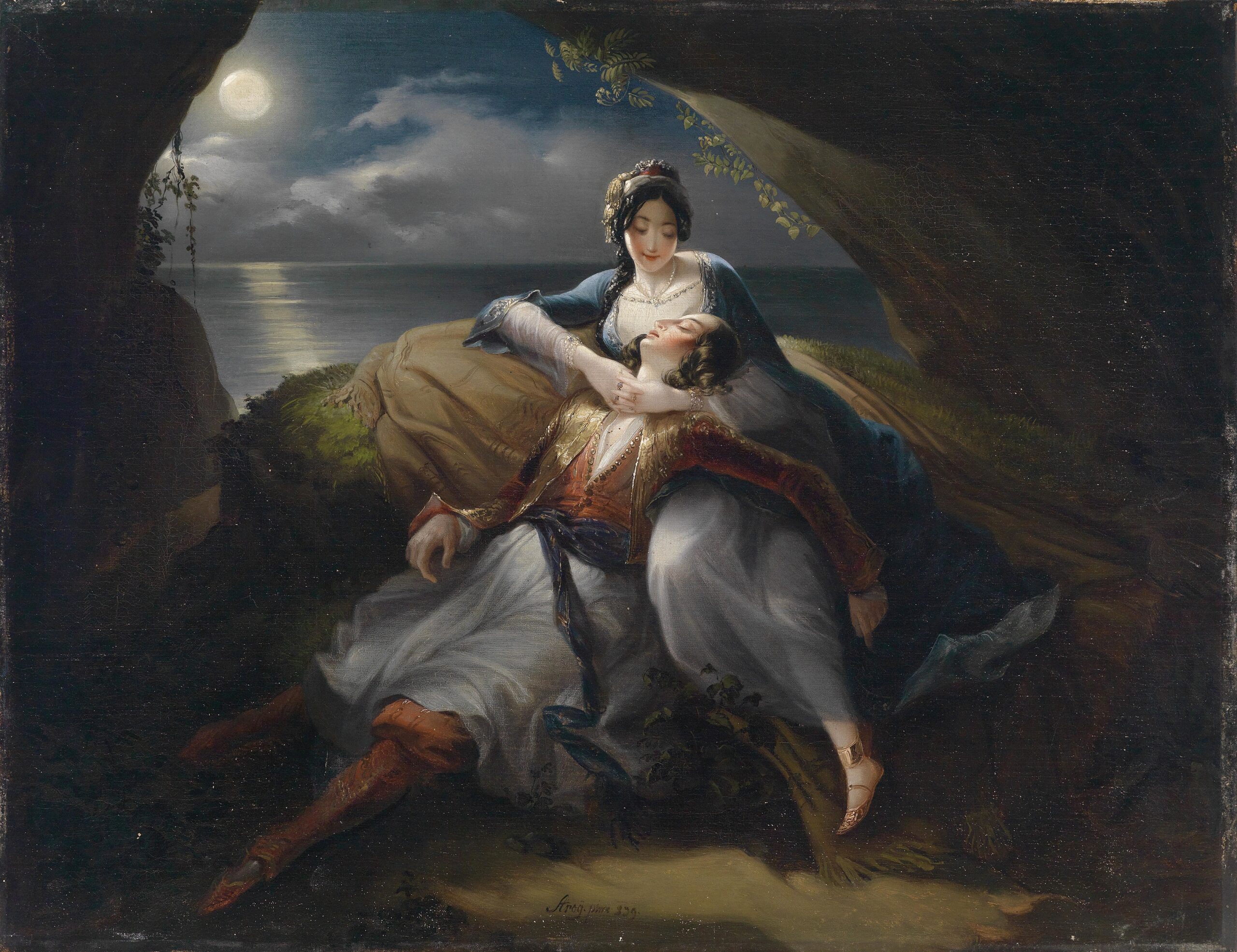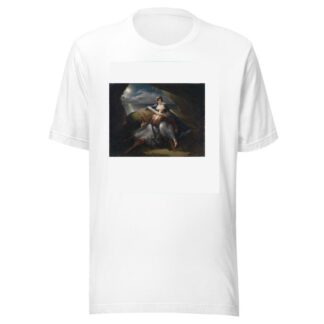Description
Angelika und Medor by Mihael Stroj printed on a T-Shirt
About the T-Shirt
Regular fit
Standard length, the fabric easily gives into movement
Casual wear
A classic, everyday option loved by our customers
Side-seamed
Constructed by sewing two parts together, creating a fitted look
The Unisex Staple T-Shirt feels soft and light with just the right amount of stretch. It’s comfortable and flattering for all. We can’t compliment this shirt enough–it’s one of our crowd favorites, and it’s sure to be your next favorite too!
- Solid colors are 100% Airlume combed and ring-spun cotton
- Ash color is 99% combed and ring-spun cotton, 1% polyester
- Heather colors are 52% combed and ring-spun cotton, 48% polyester
- Athletic and Black Heather are 90% combed and ring-spun cotton, 10% polyester
- Heather Prism colors are 99% combed and ring-spun cotton, 1% polyester
- Fabric weight: 4.2 oz./yd.² (142 g/m²)
- Pre-shrunk fabric
- 30 singles
- Side-seamed construction
- Tear-away label
- Shoulder-to-shoulder taping
- Blank product sourced from Nicaragua, Mexico, Honduras, or the US
Mihael Stroj (1803-1871)
Michael Stroy was an Austro-Hungarian painter of Slovenian origin.
Michael Stroy was born the fifth of eight children to Anton Stroy and his wife Maria, née Kokail. He spent his childhood in Ljubno in Upper Carniola. In 1812, his mother died of exhaustion. Shortly thereafter, his father remarried, sold his property in Ljubno and moved to Ljubljana with his family. Michael Stroy attended the Glavna vzorna šola, where he completed the fourth class in 1817 with very good grades. He then joined the so-called artists’ class, which he concluded in 1820 with distinction. He continued his schooling in Vienna, where he enrolled in the Academy of Fine Arts in 1821. The first of his works known to have survived, a sketch of a head and a self-portrait, date from this period. It is known that Stroy was still a student at the Academy of Fine Arts in 1825, but it is not known whether he concluded his studies there.
In 1830, Stroy spent time in Zagreb, where he offered his services to the nobility and bourgeoisie as a portraitist. Because of the numerous commissions that he received, he remained in Zagreb. He lived in Croatia (with intermittent stays in Slovenia) until 1842. In this period, he painted not only a large number of portraits, but also works with religious content, including altar pictures for churches in Vugrovec and Nova Rača.
In Croatia, Stroy was exposed to the ideas of Illyrism and associated with members of the Illyrian movement, including Stanko Vraz, Djuro Jelačić, the Ožegović family and others.
In 1841, Stroy married Margareta Berghaus, which whom he had five daughters. The following year, he returned to Ljubljana, where he continued to paint portraits of important members of the local bourgeoisie, although he also received further commissions from Croatia. He died in his house in Ljubljana after suffering multiple heart attacks.
Stroy used his baptismal name, Michael Stroy, throughout his life, and it is also the name entered in his death record. The Slovenized spelling Mihael Stroj first appeared about a decade after the artist’s death.




Reviews
There are no reviews yet.